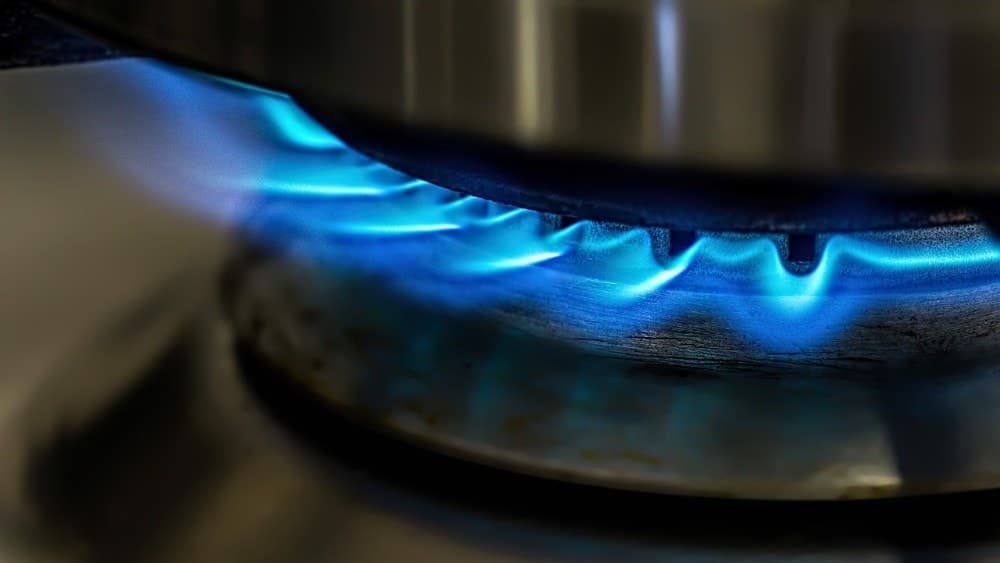When I first started exploring the world of beer, I was fascinated by the variety of colors I encountered. From pale golden lagers to rich, dark stouts, each hue seemed to tell a story. That’s where the Standard Reference Method (SRM) comes into play. It’s a simple yet effective way to quantify the color of beer, helping both brewers and enthusiasts understand what’s in their glass.
Understanding beer color not only enhances our appreciation but also reveals insights about the brewing process. Whether you’re a casual drinker or a seasoned connoisseur, knowing how to interpret SRM can elevate your tasting experience. Join me as we dive into the vibrant spectrum of beer colors and discover what they really mean.
Understanding Beer Color (SRM)
Brewing beer brings a vibrant spectrum of colors, each with a story reflecting ingredients and brewing techniques. The Standard Reference Method (SRM) quantifies this color, providing a numerical scale ranging from 1 to 40. Lower SRM values indicate lighter beers, while higher values represent darker styles.
Understanding SRM helps in selecting and blending ingredients. For example:

- Pale Lagers – Typically score between 1 to 5 SRM. These beers display a light gold to straw hue primarily due to pale malts.
- Amber Ales – Generally have an SRM between 6 to 14. The use of crystal malts contributes caramel notes and a richer amber color.
- Stouts and Porters – Fall within the 20 to 40 SRM range. Dark malts create deep browns and blacks, invoking flavors like coffee and chocolate.
I often refer to a color chart while brewing. This visual guide aligns with the SRM scale, aiding in target color selection. Observing beer color potently influences my brewing choices, often leading to delightful surprises during tasting.
Involving SRM in brewing calculations not only enhances the final product’s appearance but also helps convey its flavor profile. Knowing how ingredients impact color offers invaluable insights into the brewing process, enriching the overall experience for both brewers and consumers.
The Importance of SRM in Beer
Understanding SRM elevates the brewing and drinking experience. It’s not just about looks; SRM influences flavor and aroma.
Flavor and Aroma Implications
SRM significantly affects flavor and aroma in beer. Darker beers, represented by higher SRM values, often boast rich, roasted notes. These beers embrace flavors like coffee, chocolate, and caramel. For instance, a stout with a high SRM might yield a robust profile, while a pale lager, with a lower SRM, presents crisp and refreshing tastes. Knowing the SRM helps me predict flavor outcomes, guiding ingredient choices during brewing. Using the right malt selection based on SRM not only enhances the beer’s flavor but also ensures a balanced overall profile.
Visual Appeal in Beer
Visual appeal matters in brewing. The color of beer creates instant impressions. Lighter beers draw attention with their golden hues, while darker varieties invite curiosity with their deep, rich colors. When I pour a glass of amber ale, its vibrant color adds to the anticipation of tasting the unique flavors crafted within. Using SRM as a guide enhances my brewing techniques, ensuring that each batch looks as appealing as it tastes. The right SRM communicates information about the beer, enticing drinkers to explore its flavor profile before even taking a sip.
How SRM Is Measured
Understanding SRM measurement adds clarity to the brewing process and deepens appreciation for beer color. I often emphasize the importance of accurate measurement in achieving desired results.
Devices Used in SRM Measurement
Many devices assist in measuring SRM accurately. I commonly use a spectrophotometer, which shines light through a beer sample and measures the intensity of light absorbed. This device provides precise SRM readings and reveals the beer’s color profile effectively. Some home brewers find the simpler Lovibond color comparator useful as well. This tool compares the color of the beer against colored glass standards, offering a more hands-on approach to determine SRM. Both methods serve to enhance the brewing experience and improve consistency in the final product.
Standard Measurement Methods
Standard measurement methods for SRM typically follow established protocols. The brewing community primarily adheres to the American Society of Brewing Chemists (ASBC) methods. This involves taking a 1-inch sample of beer in a 5-inch glass tube. I shine light through the sample, measuring the absorption at a specific wavelength of 430 nanometers. Results yield a clear SRM value, indicating the color intensity. For accurate results, I recommend following these procedures consistently, ensuring variations between batches remain minimal. Proper measurement leads to informed decisions about ingredients and brewing techniques, ultimately producing well-crafted beers.
Factors Affecting Beer Color
Beer color results from various factors, each adding a unique dimension to the final product. Understanding these elements enhances my brewing experience and helps fellow home brewers create visually appealing beers.
Ingredients Influencing Color
- Malt Variety: Malt types dominate beer color. Pale malts yield lighter shades, while roasted or dark malts contribute deep hues. For instance, using crystal malts adds amber tones due to their caramelization process.
- Adjuncts: Ingredients like corn, rice, and sugar can lighten or alter color. Using flaked corn might yield a pale lager, while adding dark sugars can influence stouts and porters.
- Hops: Hops primarily provide bitterness and aroma, but some hop varieties can impart a slight color alteration. However, their impact is subtle compared to malts.
- Water Chemistry: The minerals in brewing water play a role in color perception. High sulfate levels can enhance the perception of a beer’s dryness and lightness, while chloride-rich water can accentuate malt sweetness in darker beers.
Brewing Techniques and Their Impact
- Mash Temperature: The temperature during mashing affects the extraction of colors. Higher mash temperatures, around 156-160°F, extract more sugars from darker malts, leading to richer color.
- Boiling Process: The duration of the boil impacts color; longer boils caramelize sugars, enhancing color in darker beers. Shorter boils retain the lighter hues found in pale ales and IPAs.
- Cooling Technique: Rapid cooling after boiling can prevent unwanted oxidation, preserving both color and flavor. A gentle chill helps maintain the clarity of lighter styles.
- Fermentation: Yeast choices can influence color perception. For example, certain yeast strains may interact with compounds in the beer, slightly altering the final color post-fermentation.
Every ingredient and technique plays a vital role in crafting a beer’s color. This understanding enriches my brewing and ultimately enhances the drinking experience for myself and others.
Popular Beer Styles and Their SRM Ranges
Understanding beer color enhances my brewing experience. Various beer styles fall within specific SRM ranges, each revealing insights into flavors and aromas.
Pale Lagers and Their Color
Pale lagers fall within the 1 to 5 SRM range. These beers showcase light gold to straw hues, reflecting their crisp and refreshing nature. My go-to pale lager typically includes pale malts that contribute to the light color while offering a clean, dry finish. For example, using a combination of Pilsner malt and soft water accentuates its bright appearance, enhancing the drinker’s visual experience. These visual cues often signal a light, easy-drinking profile, perfect for warm days.
Dark Ales and Their Color
Dark ales, which include styles like brown ales and porters, generally range from 15 to 30 SRM. These beers exhibit deeper hues, often from roasted malts. I find that using chocolate or black malts not only darkens the color but also introduces rich, complex flavors. With a brown ale, a higher SRM sometimes translates into notes of caramel, toffee, or chocolate, compelling my audience to explore the intricate interplay between color and taste. This correlation adds depth to the brewing journey, inviting home brewers to experiment with malt varieties for diverse color and flavor outcomes.
Conclusion
Understanding beer color through the lens of SRM has truly enriched my appreciation for this beloved beverage. Each hue tells a story about the ingredients and brewing techniques that come together to create unique flavors and aromas.
As I’ve explored different styles and experimented with my own brews I’ve realized that color isn’t just about aesthetics. It’s a gateway to deeper insights into what I’m drinking. Whether I’m savoring a light lager or indulging in a rich stout the color adds another layer to my tasting experience.
So next time you pour a beer take a moment to appreciate its color and what it reveals about the craftsmanship behind it. Cheers to the vibrant world of beer!




